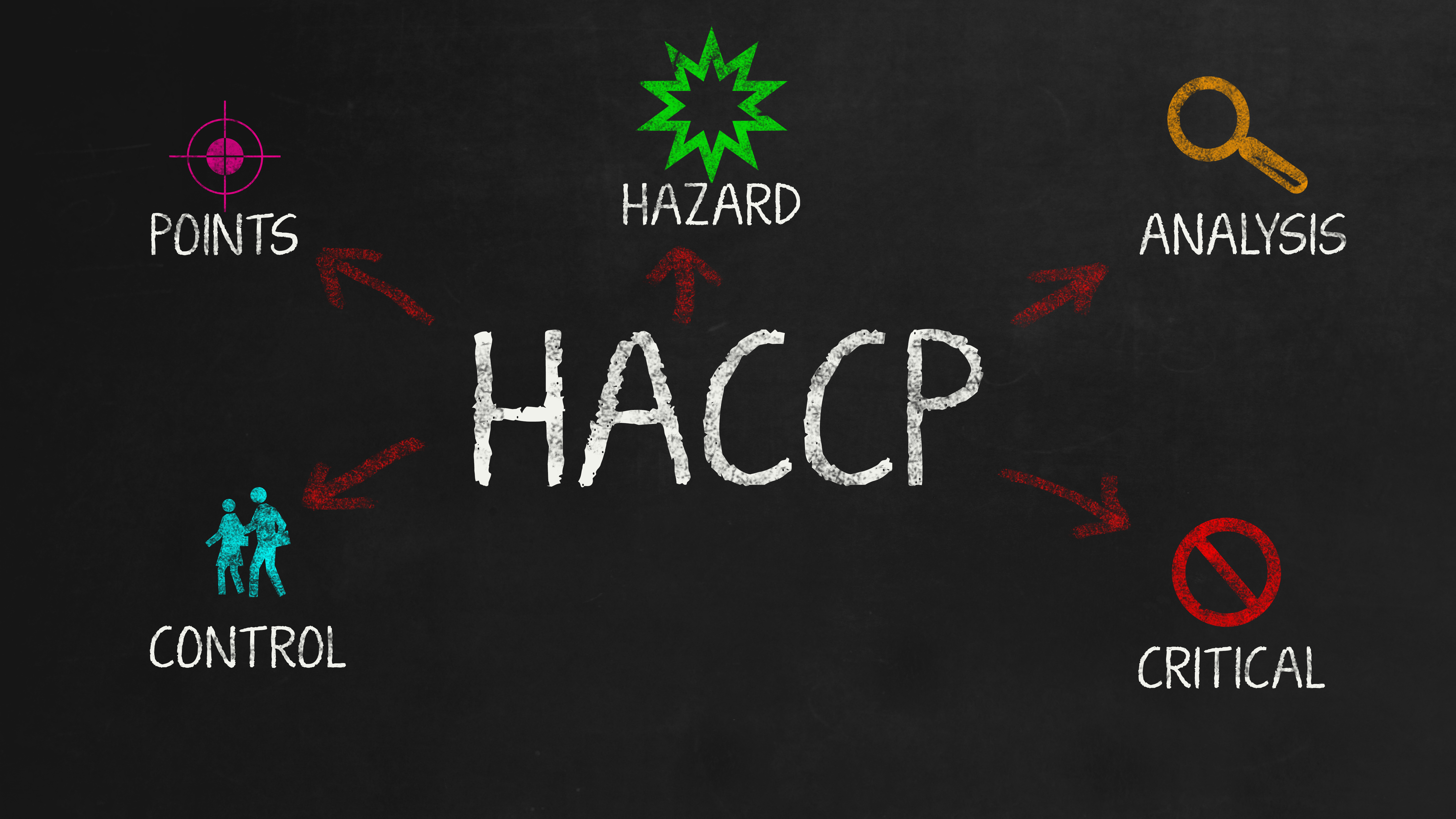What are the 7 Principles of HACCP?
Restaurants, cafes and quirky eateries across the UK and around the world pride themselves in serving tasty dishes that keep customers returning visit after visit. It is crucial that the food served to customers is safe to eat and has not been contaminated by unclean surfaces or utensils.
Over in the US, in one year foodborne illnesses caused 4,200 hospitalisations and 80 deaths – according to a study by the Centers for Disease Control and Prevention (CDC). Of the foodborne illnesses, Salmonella was found to be the most common, accounting for 38 per cent of the reported infections. Other illnesses included Campylobacter and Vibrio.
Businesses should develop a Hazard Analysis and Critical Control Points (HACCP) plan in order to minimise the risk of food contamination. HACCP is a system that helps to identify and control food-related health risks by monitoring food production, storage and distribution. The aim of this system is to prevent food becoming unsafe, rather than evaluating an end product.
With HACCP, food producers have an obligation to ensure their products are safe for consumption, rather than placing this responsibility solely on food inspectors. Here we look at the seven principles of HACCP and how your organisations can adhere to them.
- Analyse all hazards
Businesses should identify all potential hazards within the food production process. They can list the steps within the production process, highlighting where hazards are likely to occur.
Create a checklist, either digital or on paper, that you and other food professionals can easily access. Professionals should go through this checklist on a frequent basis to ensure food is safe.
- CCP identification
Should you identify a food safety hazard, action must be taken immediately. This is known as critical control point (CCP) identification. This is the exact point at which control can be applied to the hazard – reducing, preventing or eliminating it.
Managers in food production should clearly identify CCPs in surveys and encourage employees to properly identify them. In order to do this, employees must be trained.
- Highlight critical limits
Food production businesses must establish critical limits, including a maximum and minimum value to which food must be controlled at a CCP, in order to eliminate the occurrence of a hazard. These limits should be fully understood by all staff.
- Monitor procedures
By constantly monitoring food safety procedures, employees will be able to measure the critical limit at every CCP. In order to do this, employers must determine how this measurement will be taken, when it will be taken, how often, and which member of the team is responsible for this data collection.
- Correcting hazards
When a problem is highlighted, an appropriate response to this must be established. To do this, you must clearly outline how you will prevent potentially dangerous food from entering your business’ food chain and how you correct the process.
It is important for food professionals to act quickly in such an instance, informing members and ensuring the issue is corrected as soon as possible.
- Validating
The HACCP plan must be verified. This can be done by increasing auditing of CCPs, shipment review, product testing, record review and instrument calibration. To do this, it is best to use an easily accessible online platform that allows you to create a number of surveys for the various activities as and when you need them.
- Keep records
By keeping a record of the safety measures your business has taken, employees can refer back to information that may help them deal with a food safety problem in the future. Your records should include information about the HACCP plan, hazard analyses and all other procedures.
However, it is crucial for those documenting the process to collect accurate data. This can be made easier by providing employees with an easy-to-use reporting system that organises and analyses data.
Further to the HACCP plan, food employers should also conduct regular inspections to make sure conditions are at a sanitary level, in line with government regulations. Businesses should also make sure their HACCP is organised well, remembering that sticking to the plan and taking action when necessary will reduce the risk of food contamination, helping you to create a brand that customers keep returning to. To gain a better knowledge and understanding please complete our HACCP course.

